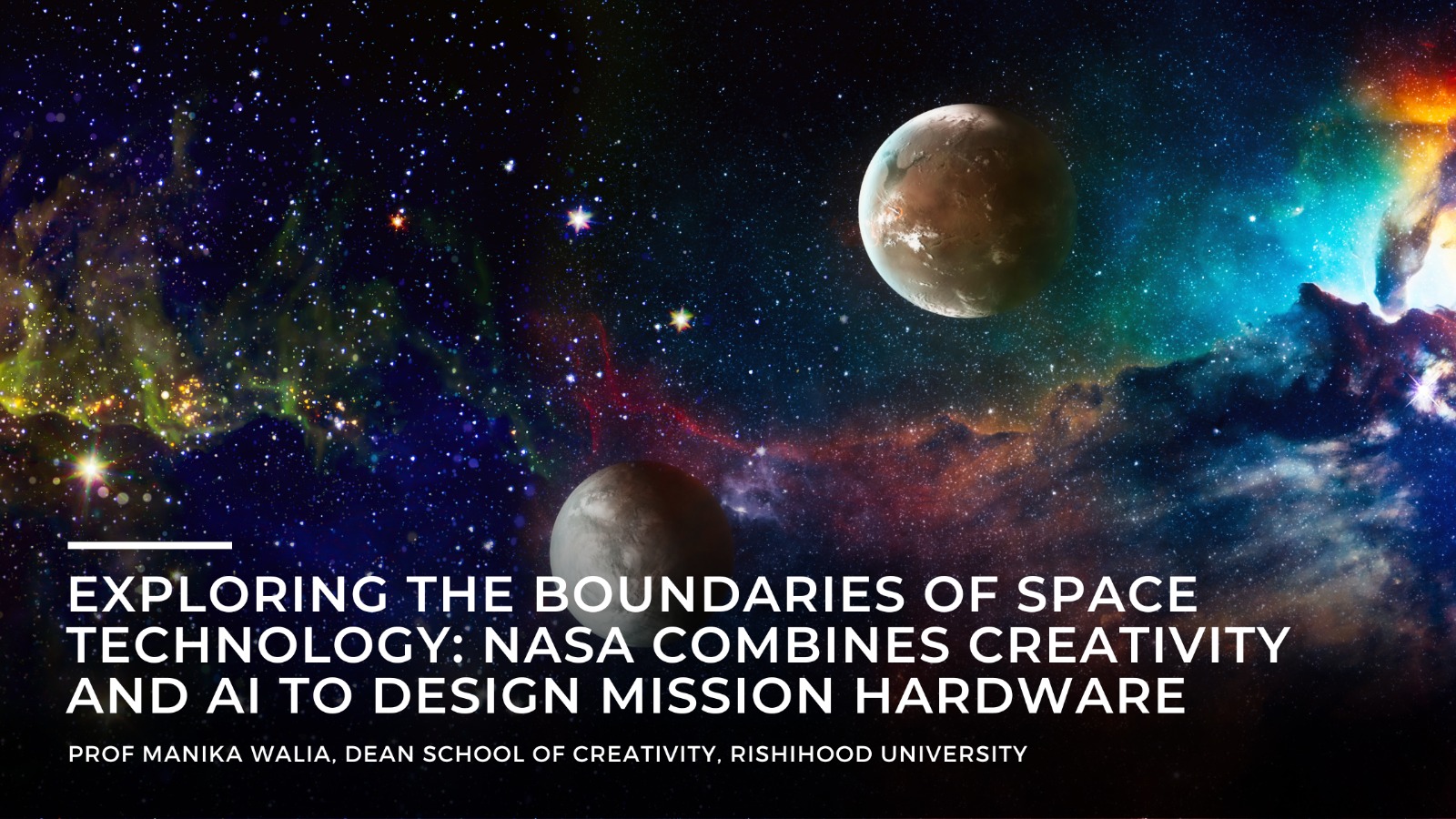NASA, the US space agency, is known for its innovation and creative solutions to complex problems. In recent years, NASA has turned to artificial intelligence (AI) and creativity to design mission hardware, which could lead to more efficient and effective designs.
In this blog, we will take a closer look at NASA’s use of creativity and AI in mission hardware design, the benefits it could bring, and what the future may hold for the use of these technologies in space exploration.
NASA’s approach to creativity and AI in mission hardware design:
NASA’s approach to mission hardware design involves a combination of creativity and AI. The agency encourages its engineers and designers to think outside the box and come up with innovative solutions to complex problems.
At the same time, NASA is using AI to help streamline the design process. For example, NASA is using machine learning algorithms to analyse data on previous mission hardware designs to identify patterns and insights that can inform the design of new hardware. This can help NASA identify potential design flaws or issues before they arise during the manufacturing or deployment process.
NASA is also using AI to assist in the optimization of hardware designs by running simulations and modelling various scenarios. By using AI, NASA can potentially shorten the design and testing phases, reducing the time and costs associated with developing new hardware.
Benefits of using creativity and AI in mission hardware design:
The use of creativity and AI in mission hardware design could bring several benefits to NASA and the space industry. For one, a creative approach to mission hardware design can lead to innovative solutions that are more efficient, effective, and cost-effective.
By using AI, NASA can potentially design mission hardware that is more efficient and effective, reducing costs and improving performance. AI can also help NASA identify potential issues or problems with mission hardware before they arise, which can save time and resources in the long run. This could potentially lead to faster and more successful missions, as well as increased safety for astronauts.
Prospects of creativity and AI in space exploration:
The use of creativity and AI in space exploration is still in its early stages, but it has already shown great promise. As technology continues to advance, it is likely that creativity and AI will play an increasingly important role in space exploration, from designing mission hardware to managing complex space missions.
For example, AI could be used to help manage the increasing amount of data generated by space missions, or to assist astronauts in performing complex tasks in space. A creative approach to mission hardware design can lead to innovative solutions that make space exploration more accessible and cost-effective.
NASA’s use of creativity and AI in mission hardware design is a promising development for the space industry. By combining a creative approach with the power of AI, NASA can potentially design mission hardware that is more efficient, effective, and safe. As technology continues to advance, it is likely that creativity and AI will play an increasingly important role in space exploration, leading to new innovations and breakthroughs in our understanding of the universe.
– Prof. Manika Walia, Dean School of Creativity, Rishihood University.

